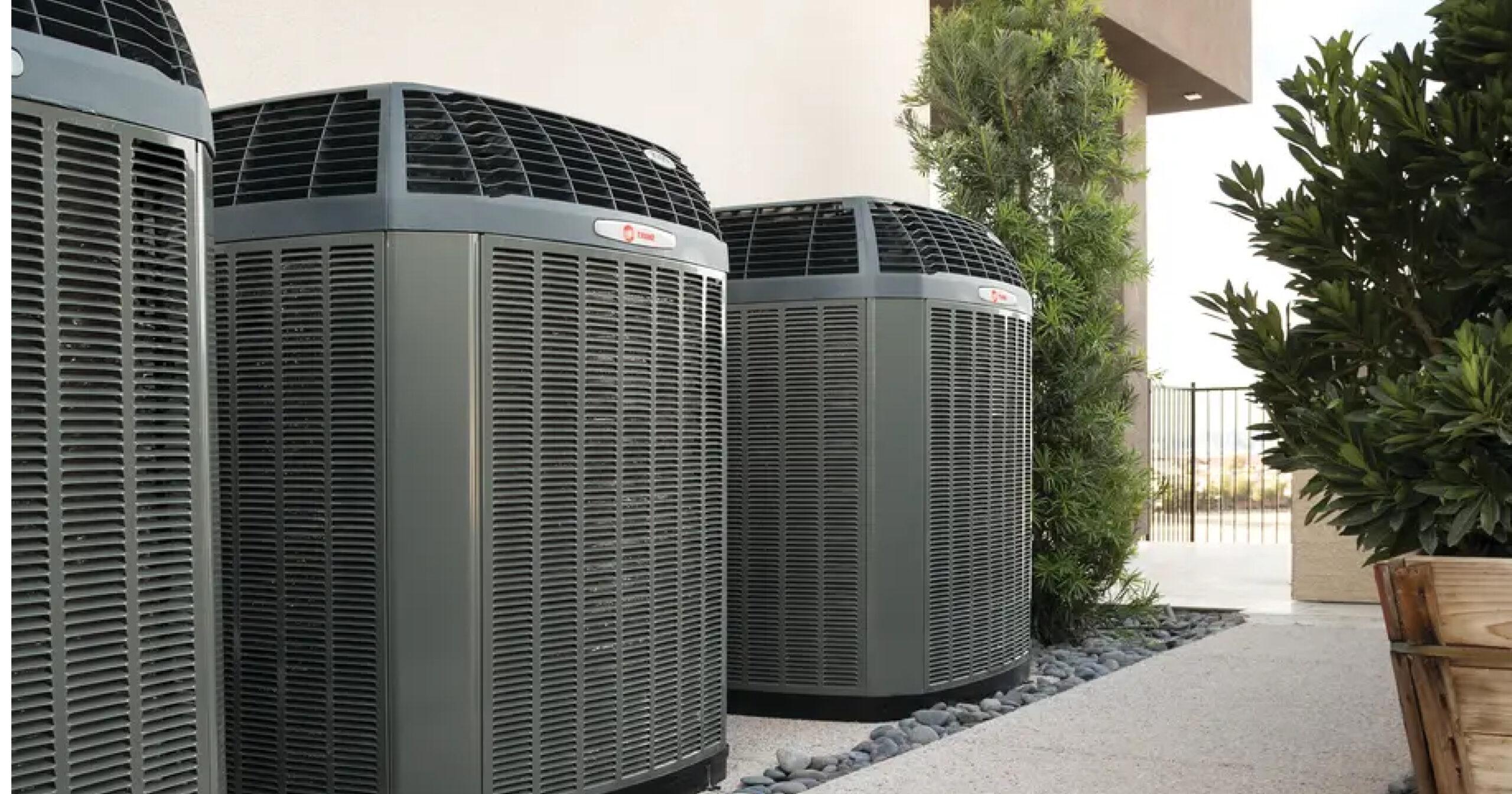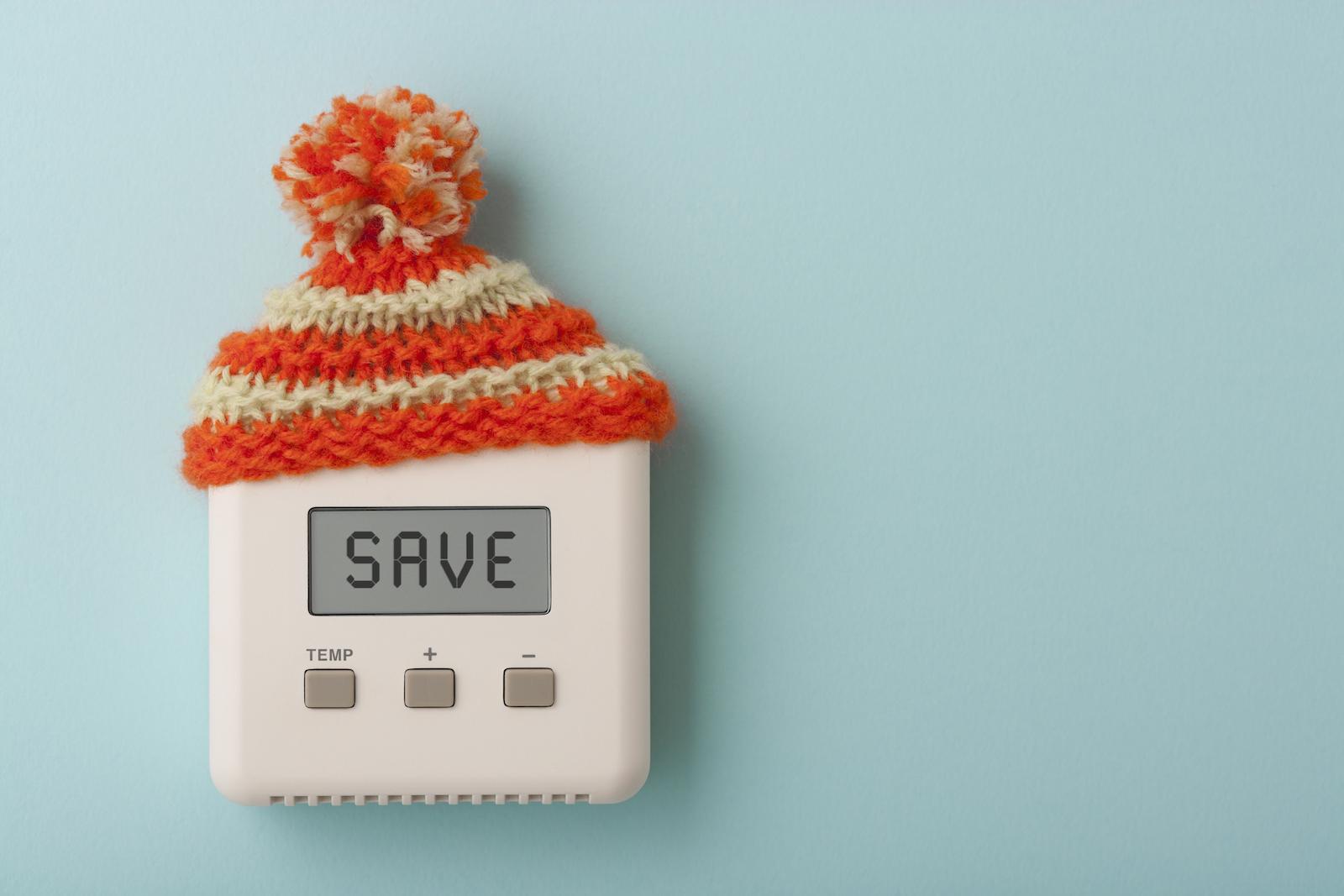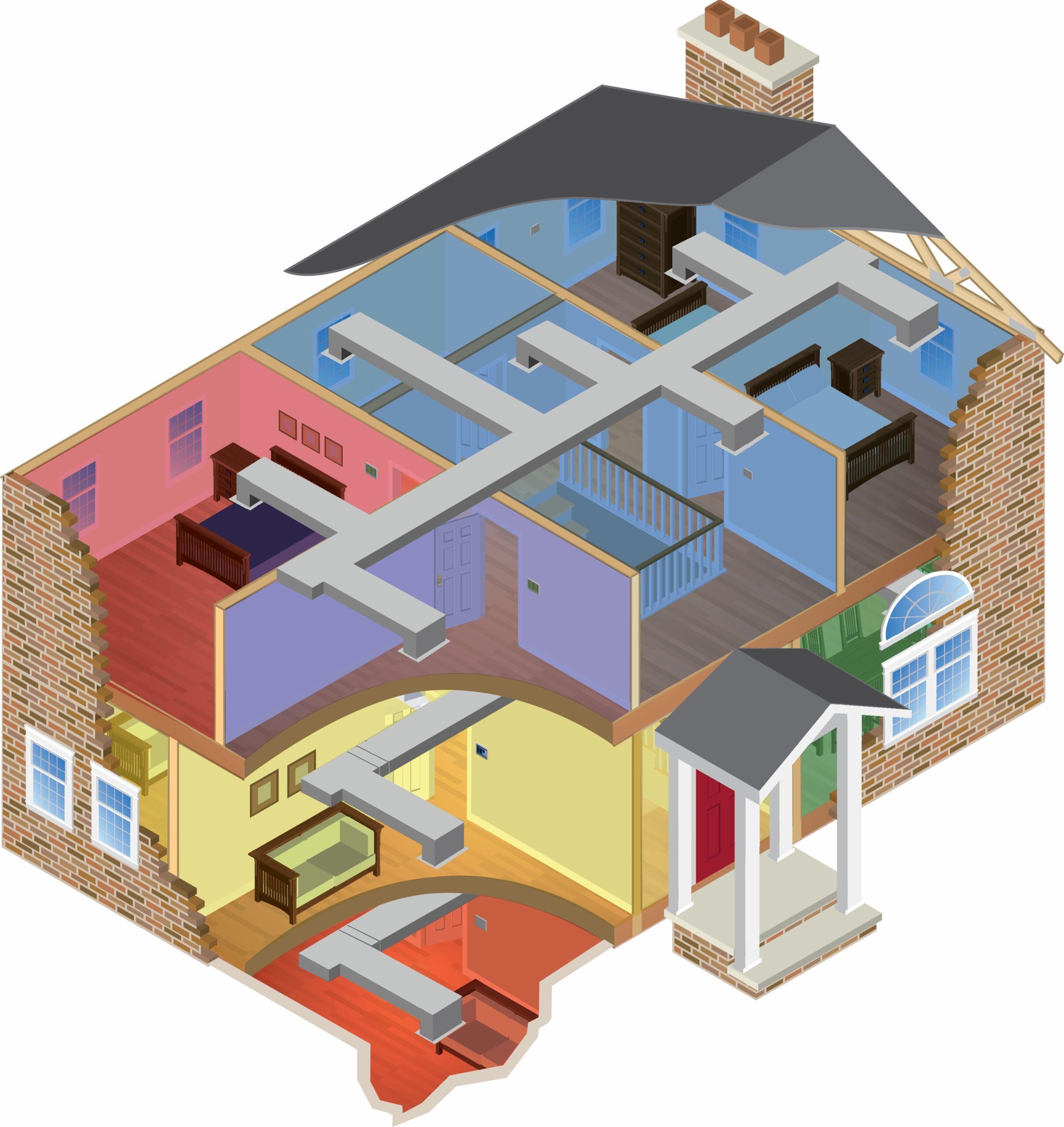How do an AC, Heat Pump and Furnace Work Together?
Comfort is paramount in your home, and when it comes to heating and cooling there are many HVAC system options to consider. From air conditioners, heat pumps, and furnaces — learn which might be best for your home’s unique needs.
Understanding the differences between an air conditioner, heat pump, and furnace can help your family stay comfortable year-round. Learn more about their differences and how they all work together to form one complete system that can heat and cool your home.
ACs vs. Heat Pumps vs. Furnaces: What’s the Difference?
When it comes to choosing the right HVAC system for your home, it’s important to know the differences among the systems. Essentially, a heat pump can heat and cool, while an air conditioner can only cool, and a furnace can only provide heat. These units are frequently paired together to make a complete temperature control system for your home, and where you live often determines which system is best for you.
Air Conditioners
Air conditioners (ACs) are intended to provide cool air to your home, and do not have the ability to heat your home. While many people think that air conditioners make cool air from scratch, the truth is that AC units cool by removing heat and humidity from inside the home and placing it outside. An air conditioner’s main function is to remove hot air and humidity from inside the home by pumping it outside, so you can stay cool and comfortable.
Heat Pumps
Heat pumps have the ability to provide both hot and cool air to your home. To cool your home, heat pumps work in a similar way to an air conditioner in that they transport heat and humidity from inside your home, to the outside. When it comes to heating, heat pumps have a reversing valve that allows them to absorb heat energy from outside air, even in very cold temperatures, which they can then transfer inside the home.
Traditionally, heat pumps have been most popular in more moderate climates, like the southern United States or coastal areas, because they historically didn’t work as well once temperatures dropped below freezing. However, newer heat pump technologies, including energy efficient variable speed heat pumps, can handle temperatures as low as 0 degrees Fahrenheit. Some systems may also include backup electric strip heating for when the temperatures drop too low, while still others operate as dual fuel systems, combining the heat pump with a furnace that takes over at lower temperatures.
Furnaces
Furnaces, on the other hand, work exclusively to heat your home and can’t provide cooling relief. When the temperature in your home drops below the thermostat setting for heat, the thermostat sends a signal to the furnace to begin heating and another signal to the blower motor to activate the HVAC fan. The furnace begins to produce heat from a fuel source, like gas or propane, and then transfers that heat through ductwork to ultimately raise the temperature in your home. Furnaces are a great heating option for those who live in colder climates, as they can provide heat at a rapid pace.
Bonus: Air Handlers
Air handlers are generally paired with an outdoor AC unit or heat pump and are required to move the hot or cold air throughout your home. The blower motor inside the air handler circulates the air through your home’s duct system. The air handler also contains evaporator coils that work in tandem with the outdoor unit to transfer heat to the air passing over them when you are heating your home and remove humidity when you are cooling your home.
How do the HVAC Units Work Together?
Heat pumps, furnaces, air conditioners, and air handlers are four distinct units, but they can work together to form a complete HVAC system that keeps you and your family comfortable throughout the seasons. Two or more units will be paired together to create a complete system. Typically, there will be at least one unit inside the home and one unit outside the home.
For example, homeowners who live in places with changing temperatures might pair an air conditioner and furnace together for a complete home temperature solution. The air conditioner will sit outside the home cooling while the furnace works inside the home to heat with fans and coils. Both systems use your home’s ductwork and vents to transport warm and cool air.
Alternatively, a heat pump and an air handler might be paired together to form a complete system. In this system, the heat pump sits outside your house while the air handler is located inside your home and works to circulate the air the heat pump provides. An air handler paired with a heat pump will provide both heating and cooling, while an air handler paired with an AC unit will cool your home (though it may also provide heat using backup heating strips). Air handlers are not paired with furnaces because furnace units already contain fans for circulating air.
Keep in mind, these are only a few equipment combinations out of many possibilities. The right system for your home depends on a number of factors such as home size, geographic location, number of occupants, and more.
How to Maintain a Complete HVAC System
Like most things, heat pumps, furnaces, air handlers, and AC units last longer and will operate more efficiently, both together and separately, with regular maintenance. All HVAC systems include air filters that homeowners can and should replace regularly. Heat pumps have an indoor and outdoor unit that should be cleaned and inspected annually, and a gas furnace (often paired with a central air conditioner unit) should also have annual inspections. Your local independent Trane dealer can recommend the best maintenance schedule for your home.
Ask an Expert HVAC Technician
When it’s time to explore your HVAC system options, your local Trane dealer can help you determine the best combination of equipment for your needs. Trane offers a wide range of heating and cooling system options, including heat pumps, air conditioners, furnaces, and more. One of our experts can assess your needs, discuss which options are right for you and why, and provide equipment and installation cost estimates. Contact your local Trane dealer today and prepare for a lifetime of comfort!




